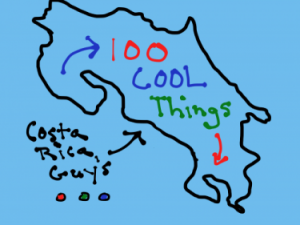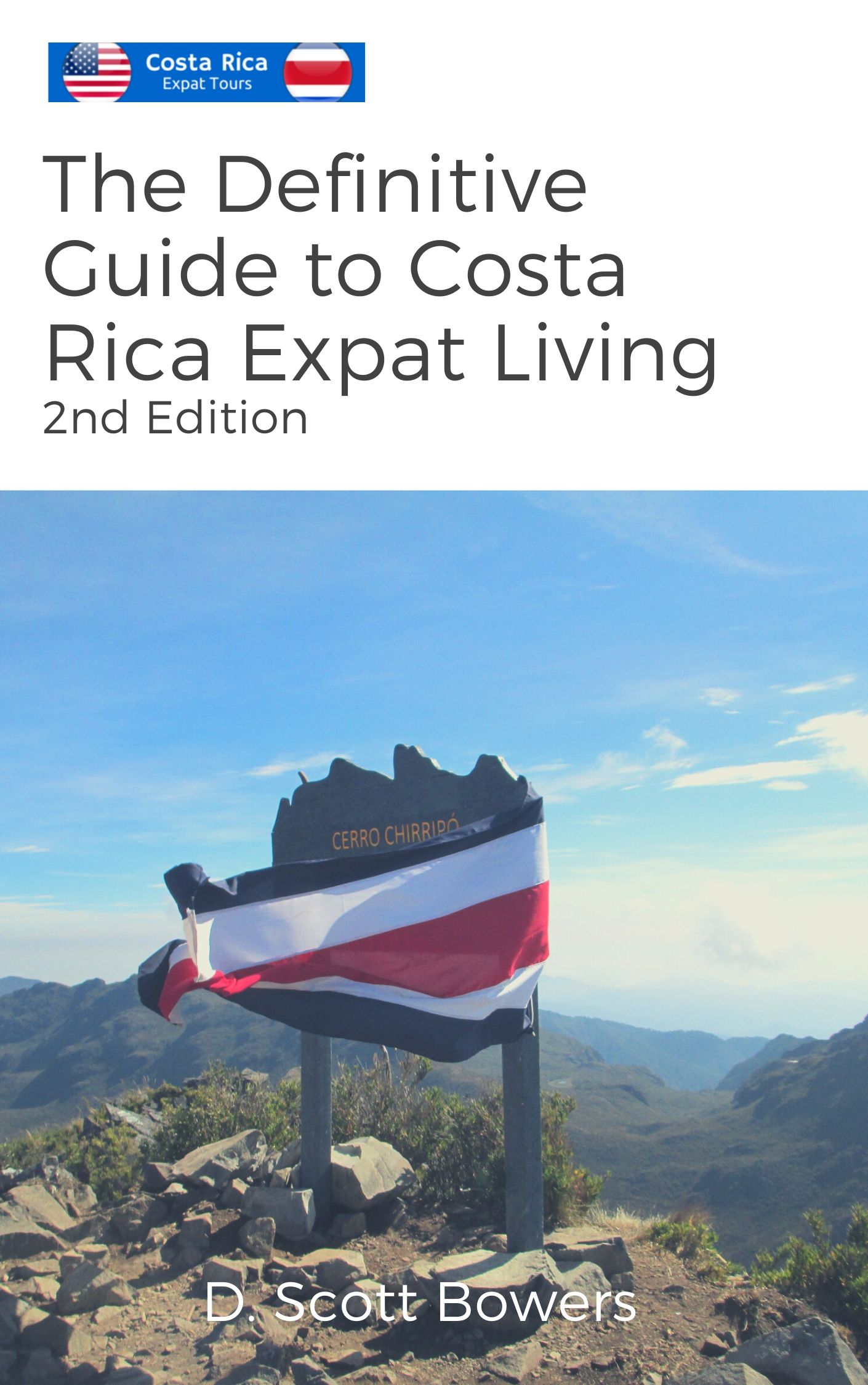 I have written often and quite fondly, generally, in this blog about the culture of Costa Rica. However, there is a rich and diverse culture that to my shame I have neglected to mention, until now. It is often said, and even taught in schools here, that when the Spanish arrived, the so-called “conquistadors,” they found mostly virgin forests, towering mountains and beautiful coasts. That, in contrast to other parts of Central America, there were very few in the way of indigenous groups inhabiting this wild and exotic new frontier. Well, that perspective of past events really belies the truth. In reality there was a diverse population of indigenous living in almost all parts of the country. In fact, an excellent short synopsis of Costa Rican history entitled aptly, Historia de Costa Rica (in both English and Spanish versions), by professors Ivan Molina and Steven Palmer, claims that around the year 1500, when the Spanish first arrived, there were like 400,000 indigenous in the territory now known as Costa Rica. Well, these days those numbers have diminished a bit, as one might imagine. Nevertheless, there is a rich and diverse indigenous culture that remains in Costa Rica, although it is often neglected and forgotten by the rapidly growing tourism industry. One of the best ways to get to know this culture is through the incredible quality of arts and crafts they produce. From the ornamental and terrifying masks of the Brunkas that inhabit the territory south of Buenos Aires to the pre-columbian style ceramic pottery of the virtually extinct (or, assimilated) Chorotegas on the Nicoya peninsula, the indigenous of Costa Rica were and still are true artisans in every sense of the word. While Costa Rica’s indigenous do enjoy government protection, they nevertheless suffer some of the most extreme poverty known to the country. The largest group is the Cabecares that inhabit diverse small villages deep in the Talamanca Mountain range. Just getting to these people is an arduous adventure, which is why they tend to remain isolated from the rest of Costa Rican civilization. Other groups include the Malekus, Bribris, Guaymies, Huetares and Terrabas (eight groups in all). I am currently developing a project to display their beautiful works of art online and increase awareness of this forgotten culture of Costa Rica. Stay tuned for more.
I have written often and quite fondly, generally, in this blog about the culture of Costa Rica. However, there is a rich and diverse culture that to my shame I have neglected to mention, until now. It is often said, and even taught in schools here, that when the Spanish arrived, the so-called “conquistadors,” they found mostly virgin forests, towering mountains and beautiful coasts. That, in contrast to other parts of Central America, there were very few in the way of indigenous groups inhabiting this wild and exotic new frontier. Well, that perspective of past events really belies the truth. In reality there was a diverse population of indigenous living in almost all parts of the country. In fact, an excellent short synopsis of Costa Rican history entitled aptly, Historia de Costa Rica (in both English and Spanish versions), by professors Ivan Molina and Steven Palmer, claims that around the year 1500, when the Spanish first arrived, there were like 400,000 indigenous in the territory now known as Costa Rica. Well, these days those numbers have diminished a bit, as one might imagine. Nevertheless, there is a rich and diverse indigenous culture that remains in Costa Rica, although it is often neglected and forgotten by the rapidly growing tourism industry. One of the best ways to get to know this culture is through the incredible quality of arts and crafts they produce. From the ornamental and terrifying masks of the Brunkas that inhabit the territory south of Buenos Aires to the pre-columbian style ceramic pottery of the virtually extinct (or, assimilated) Chorotegas on the Nicoya peninsula, the indigenous of Costa Rica were and still are true artisans in every sense of the word. While Costa Rica’s indigenous do enjoy government protection, they nevertheless suffer some of the most extreme poverty known to the country. The largest group is the Cabecares that inhabit diverse small villages deep in the Talamanca Mountain range. Just getting to these people is an arduous adventure, which is why they tend to remain isolated from the rest of Costa Rican civilization. Other groups include the Malekus, Bribris, Guaymies, Huetares and Terrabas (eight groups in all). I am currently developing a project to display their beautiful works of art online and increase awareness of this forgotten culture of Costa Rica. Stay tuned for more.








Comments